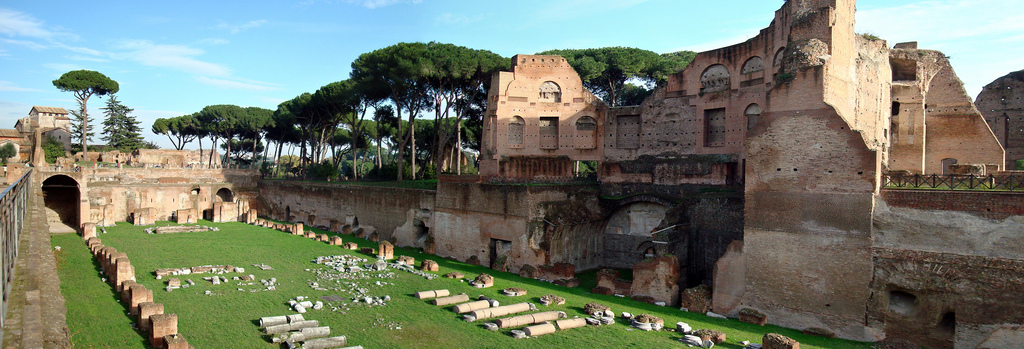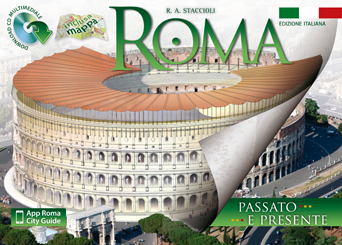For the Romans, the Palatine had always represented the city’s sacred birthplace.
All ancient authors agree with the archaeological evidence that the hill, isolated from the others and in a position which dominated both the Tiber, right by the Tiber Island, and also the Forum Boarium market, was the site of the legendary ‘founding’ of Rome and the ‘square furrow’ ploughed by Romulus on 21 April of the year 754/3 BC.
Legend apart, the hill has disclosed the remains of early bronze-age huts, providing incontrovertible evidence of the presence of an inhabited area in the very place to which ancient tradition ascribed the ‘casa Romuli‘, ie the hut of the legendary founder.
This was certainly one and probably also the most important of the villages from which the city of Rome was to evolve over the course of time.

Photo credits by Eric under CC-BY license.
In 44 BC Augustus too decided to transfer his home there. From then on almost all the emperors went to live on the Palatine, which was gradually transformed into a single, sumptuous royal residence, the archetypal ‘palace’, a term which derives from the name of the hill, the Palatium.
The first true imperial palace was the work of Tiberius, successor of Augustus. He was followed by Caligula, who extended the building as far as the edge of the cliff overlooking the forum, while Claudius and Nero (between 41 and 60 AD) built the so-called Domus Transitoria, which soon burnt down in the great Neronian fire of 64 and was never rebuilt.
It was Domitian who built a new palace on the ruins and, by occupying also the areas left free by his predecessors, created a new, more grandiose palace.

Do you want to know more about the history of Rome?
Check out our guidebook to Rome, with detailed history and Past & Present images of the Pantheon, the Colosseum, Trajan’s Market and all the greatest historical and archaeological sites of the eternal city.
How to get to the Palatine
The Palatine is located here:

